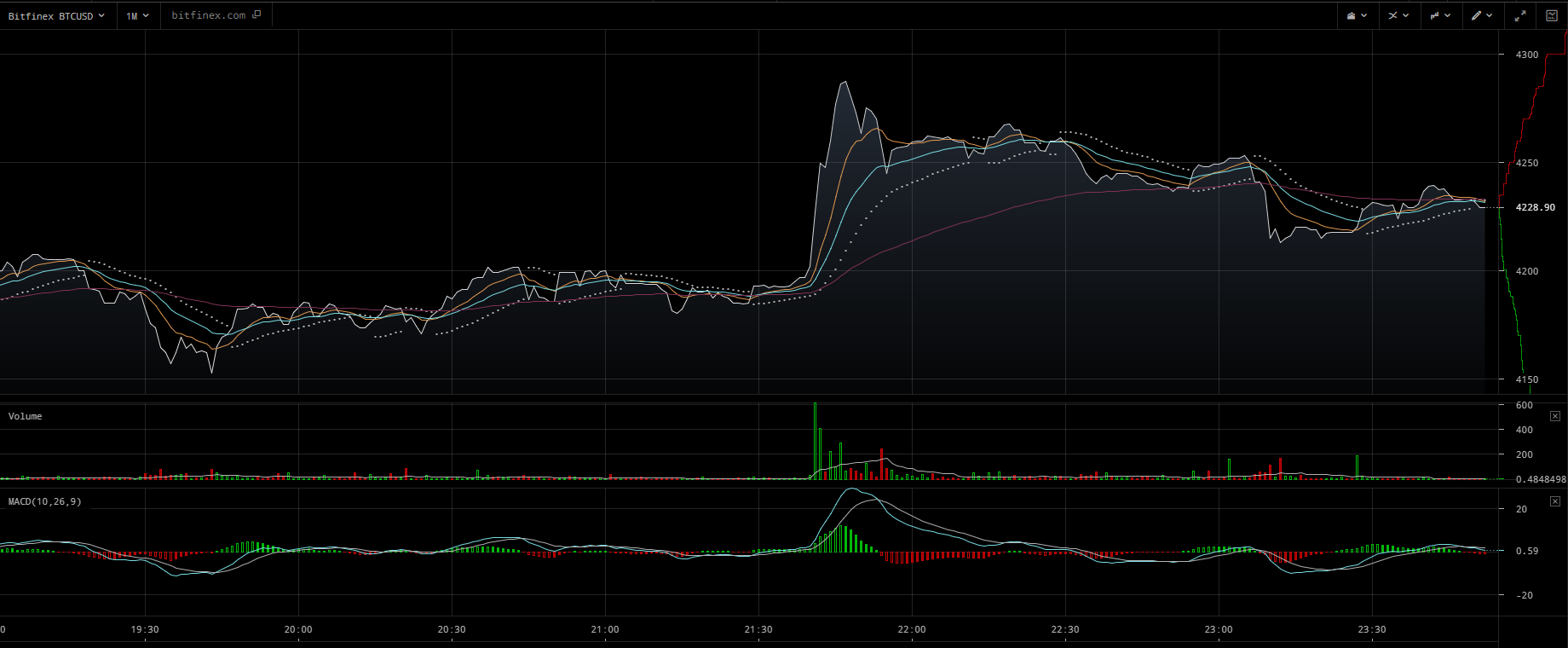Reason to trust

How Our News is Made
Strict editorial policy that focuses on accuracy, relevance, and impartiality
Ad discliamer
Morbi pretium leo et nisl aliquam mollis. Quisque arcu lorem, ultricies quis pellentesque nec, ullamcorper eu odio.
Within a period of three days, bitcoin experienced two minor corrections, pulling back the upward momentum and strong rally it had maintained for a few weeks.

Last week, the Chinese central bank, the People’s Bank of China (PBoC), temporarily suspended all initial coin offerings (ICOs) and officially declared ICO as an illegal fundraising method. The abrupt announcement from PBoC affected the entire cryptocurrency market. But, as bitcoin mining and blockchain research firm BitFury Vice Chairman George Kikvadze explained, the impact of the Chinese government’s announcement was minimal and the bitcoin market recovered within hours.
“PBoC’s impact is way overblown. China is not as important as before. Just 15 percent of global bitcoin trade against Japan, Korea, and the USA, which equal to 80 percent,” said Kikvadze.
Within a week since the announcement of PBoC was released, state-owned financial news publication Caixin reported that PBoC has been planning to ban all of the local bitcoin exchanges and trading platforms. Caixin’s report shook the bitcoin market, as the publication has had a long reputation for its insider sources in the government and PBoC. Bitcoin price fell back to the $1,000 region once again but this time, struggling to recover back to the $4,500 mark.
Given that the Chinese government and its financial regulators had not released any abrupt regulations on bitcoin, Ethereum and the cryptocurrency market in general, bitcoin price was on an ideal trajectory towards achieving the interim targets of various prominent financial analysts including Max Keiser, who have altered their short-term price target from $5,000 to $10,000.
Keiser and other analysts had changed their targets due to the unexpected exponential adoption and integration rate of the Bitcoin Core development team’s transaction malleability and scaling solution Segregated WItness (SegWit), which has significantly and efficiently scaled the bitcoin network for the short-term.
Despite having less than 2 percent of the network’s transactions SegWit-enabled, the solution has led to a 0.8 MB average block size, substantial drop in the size of bitcoin mempool from 150 million to 6 million bytes, and most importantly, the elimination of bitcoin blockchain congestion.
Analysts including Keiser were specifically optimistic toward the potential of Lightning Network, a bitcoin micropayments two-layer solution made possible through SegWit.
In consideration of the recent activities within the Chinese bitcoin exchange and over-the-counter markets, it is highly likely that bitcoin will overcome the rumours of bitcoin exchange ban revealed by Caixin and mainstream media outlet the Wall Street Journal. Trading volumes by Chinese bitcoin trading platforms are close to reaching all-time highs and in terms of daily trading volume, China has already surpassed the US.
If the Chinese government ultimately decides to handle the issue privately with its local trading platforms by cooperating with bitcoin exchange as it has done since November of 2016, bitcoin price will likely be able to recover beyond the $4,500 mark towards new all-time highs, given the successful short-term scaling of the bitcoin network through SegWit.
Leading bitcoin exchanges in China such as OKCoin, BTCC and Huobi have expressed their skepticism toward the initial report of a bitcoin exchange ban, because they have strictly complied with every request and regulation established by PBoC and local financial regulators.
Image License: Pixabay



























